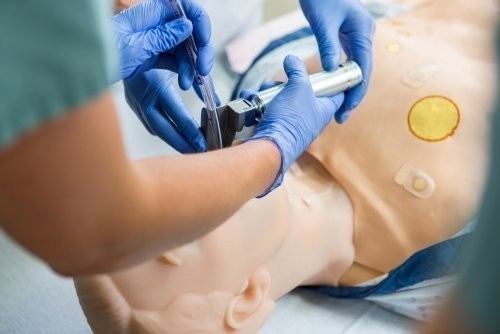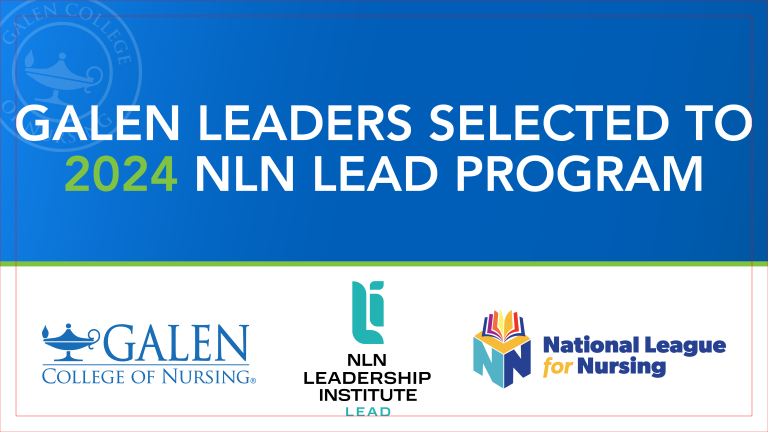It’s been said that we learn by doing, and nursing is unquestionably a profession in which possessing knowledge and information can only get you so far. Simulation and Clinical Learning Labs enable students to act out a medical scenario in order to problem solve in real time and determine the most effective solution. Not only is this a great way to get a head start on hands-on clinical learning, but it will also boost confidence and prepare a nurse for future real-world situations. A bonus for the fact and stat-riddled brains of nursing students? In this method of active learning, science has proven that simulation helps students to better retain knowledge. (Science!)
Here’s how it works:
Say you’re currently learning how to care for a cardiac patient; more specifically, a patient that is having a heart attack. Students in the sim lab will begin with pre-briefing, followed by the actual simulation, and will end with a debriefing.
Pre-briefing includes information on what to expect during the simulation, a review of the medical diagnosis, and a definition of the simulation objectives.
Simulation itself is the main act of the scenario and often mirrors a patient that a nursing student will encounter in clinical.
Debriefing is facilitated by faculty after the simulation and consists of a student round-table discussion to decide if the nursing care during the exercise could have been improved or changed, and what the best continuing care for this patient would be. (Fun fact: Simulation will always be broken down in this manner, and research surprisingly indicates that the greatest amount of learning takes place during the final stage of de-briefing.)
The simulation experience is embedded with concepts that are important for student nurses to learn, such as patient safety, critical thinking, delegation to other health care workers, and inter-professional collaboration. Working together with a team of nurses to achieve the best possible outcome for a patient is a crucial skill to master in nursing.
As you may have put together, simulation is not specific only to nursing – this technique has actually been borrowed from the field of aeronautics. Pilots spend a lot of time in an aircraft simulator, and every “miss” (crash) or “near-miss” (you get the idea) is simulated by every pilot, from UPS to Delta to the United States Air Force. Remember the pilot that landed successfully on the Hudson River? That pilot, along with every other licensed pilot since the incident has practiced that exact maneuver in the months after it occurred. Anesthesiologists are beginning to require simulation as part of re-licensure, and other health care workers, such as physicians and dieticians, complete simulation during their training, as well.
Simulation has certainly gained popularity over the years as more research has proven its incredible value. The best part about it? No matter what you do (or do not do), you absolutely cannot kill the Sim mannequins! Whatever happens, that Sim man/woman will start right up for the next activity. Participating in simulation is a bridge from education theory and nursing knowledge, to caring for real patients in real-world settings, without putting patients or new nurses at risk. It really is a win-win.
Beginning nursing students gain confidence and muscle memory from simulation, and more experienced students can master more advanced nursing concepts. Galen College of Nursing strongly embraces simulation as a strategy for learning nursing concepts, and simulation is used in approximately 90% of our nursing courses. Galen understands this method of preparing nursing students is paramount in quality patient care and safe clinical environments – and we want to make sure our nurses are the very best nurses working in the field.





